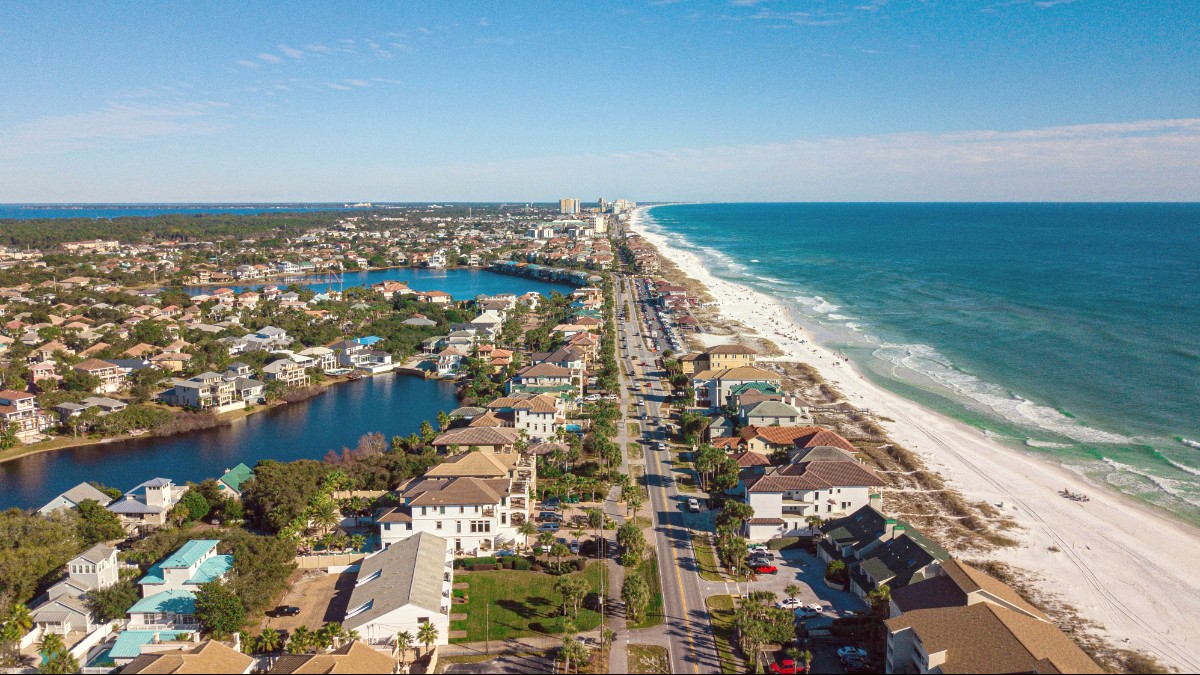
Florida, USA
The Florida Gulf Coast presents several major airports.
Major U.S. Carriers operate extensively, connecting to major U.S. Hubs. Direct international flights are less common to Gulf Coast airports, often requiring a transfer at a larger gateway.
Most popular option due to Florida's car-centric travel culture. Rental car desks are at all airports. Book in advance for better rates. DiscoverCars.com is an option.
Readily available at designated stands outside terminals. Uber and Lyft operate at all major airports with designated pick-up zones. They present competitive pricing.
Shared-ride and private shuttle services are available. Public transportation from airports is limited; rental cars or ride-shares are often more practical.
Port Tampa Bay is a busy cruise terminal. Port Everglades (Atlantic Coast) is another major hub for combining a cruise with a Florida trip.
West Express offers high-speed service from Fort Myers Beach and Marco Island to West. Smaller ferries present access to barrier islands or nature preserves.
For international cruise arrivals, standard U.S. Customs and Border Protection procedures. Ports and ferry terminals typically have taxi, ride-share, and sometimes public bus options.
No specific exit fees apply for departing the U.S. From Florida airports or ports. Airfare and cruise tickets typically include all necessary taxes and fees.
All major Gulf Coast airports present comprehensive facilities for departing travelers.
Public transportation on the Florida Gulf Coast varies. It typically serves local residents and may be less convenient for tourists covering wide areas compared to personal vehicles.
Taxis and ride-sharing services present convenient, on-demand transportation throughout the Florida Gulf Coast.
The Florida Gulf Coast presents many pedestrian-friendly areas for active exploration.
Guided tours present insights from local guides. Self-guided tours use apps or online resources.
Many communities boast dedicated bike lanes, shared-use paths, and multi-use trails. Noteworthy: Pinellas Trail, Legacy Trail, and Sanibel Island bike paths.
Always wear a helmet. Obey traffic laws, use hand signals, and watch for vehicle traffic. Be visible, especially at dawn or dusk.
Tour buses and hop-on-hop-off services are in larger cities. Boat taxis on Tampa Riverwalk. The TECO Line Streetcar in Tampa presents a nostalgic option.
Self-driving offers the most flexibility for exploring diverse regions of the Florida Gulf Coast.
Public transportation systems are less comprehensive than in major global cities.
Pros: Comfortable, scenic (limited routes). Cons: Limited stops, slow, often requires connections. Cost: $20 - $50 per segment.
Pros: Budget-friendly, wide network. Cons: Can be slow, less comfortable, limited schedule. Cost: $15 - $30 per segment.
Pros: Convenient, on-demand. Cons: Can be expensive for long distances, surge pricing. Cost: $50 - $100+ (for 50-100 miles).